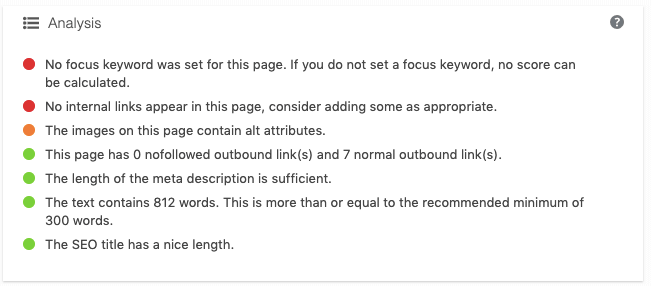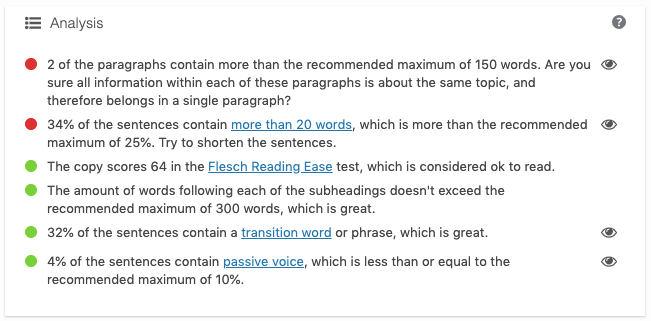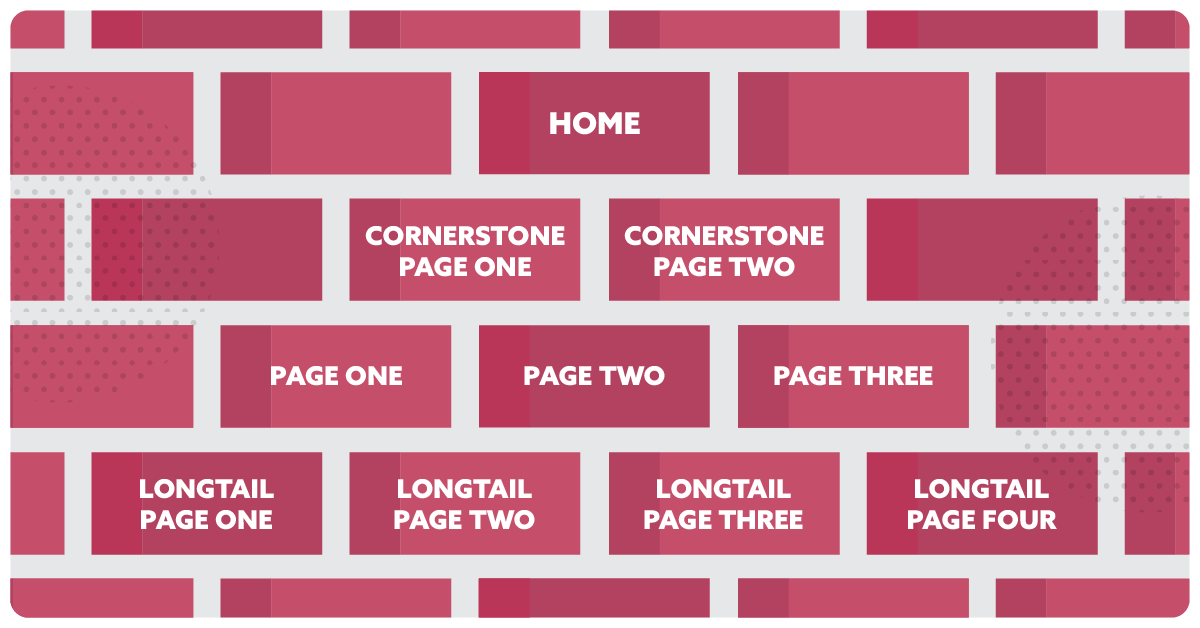Whether you’re a newcomer or a seasoned vet at general SEO upkeep for your website, you probably know how important it is to set up an SEO plugin. You might also know one of the most popular and reliable plugins for SEO is Yoast.
Yoast has risen to the top due to its ease-of-use and wide range of functionality that makes it easy for digital marketers of any skill level to create baseline optimizations for their site.
Sounds great, right? If you still feel like you’re headed into the great unknown, let this blog be your guide to the setup and must-use functionality for this powerful (and user-friendly) plugin.
THE BASIC SETUP
Once you’ve installed Yoast, there are some basic steps to help set you up for success, and it starts with the first-time configuration wizard.

The configuration wizard is an easy and intuitive walkthrough for setting your site’s baseline preferred SEO settings. Better yet, it helps make future optimizations on a page-by-page basis. It includes everything from indexing preferences to author profiles (read more here).
Now that your settings are configured, let’s get to know the other important tabs within the plugin.
DASHBOARD TAB
The least hands-on tab in the Yoast tool, the Dashboard tab gives you access to the configuration wizard if you ever need to change your initial settings. Additionally, it offers a nifty “Problems” section to help you pinpoint issues that need to be resolved to improve your SEO.

FEATURES TAB
The Features tab is where things start to get fun (in the nerdy kind of way), in that it gives you more options to customize how you’re using Yoast. A lot of these options you’ll want to keep enabled, but the sitemap offering might be a little tricky to navigate.
Should you choose to use it, Yoast offers an autogenerated sitemap. It’s a great option for those who don’t have someone in-house to help edit the sitemap as needed (adding new pages, removing old pages, etc.). Yoast’s xml sitemap feature helps with updating your sitemap as you make major changes to the site.
WEBMASTER TAB
This tab will help you verify with different webmaster tools. This can be helpful for those of you looking to keep an eye on SEO within search engines outside of Google. In other words, the Webmaster tab helps you verify with international engines like Yandex and Baidu.
SEO META BOX WITH YOAST
The golden tool in Yoast’s repertoire is the meta box add-on for your pages and posts. This add-on is your last line of defense before pushing any page live. It streamlines the optimization of slugs, titles, meta descriptions, alt tags… you name it. Because it’s that important, we’ll walk through its functionality (and how to use it to boost your SEO) below.
SNIPPET EDITOR
The snippet editor gives you control of the metadata for each page. You can update all meta elements. It’s a must-do for keeping each page unique and optimized for search.
Yoast also offers an analysis of your SEO elements, and makes recommendations on how to further optimize the content and meta elements on your page.

READABILITY
Readability has similar elements to the SEO analysis breakdown above, but is geared to evaluate whether your content is readable for general audiences. If it finds flaws within your content, it will provide guidance on how you can improve the content and its reading level.

ORGANIC SOCIAL TAB
The Social tab is an important area of focus for those who are active in their organic social media efforts. This tab allows you to view and customize how your posts will look when shared on social media. If you do not customize this tab, it pulls from the snippet section by default.
ADVANCED
This tab won’t be utilized often, but can be helpful in the event you need to tell search crawlers not to index a particular post. It can also be used to add in canonical URLs, which will prevent you from getting dinged for any duplicate content issues.
How the pros use the Yoast Meta Box: First and foremost, we plan our content strategically. We look to target particular keywords and themes, write quality content around that, and then optimize for metadata and internal linking opportunities.
CORNERSTONE CONTENT
Yoast’s Cornerstone content functionality helps you boost your most valuable pages and posts. For that reason, it should be a key element in your content strategy plans for the new year.
Cornerstone pages should consist of high value content that is educational to the topic being targeted. They are also much lengthier than your average post or page. Once you’ve established a cornerstone piece, best practice is to create smaller, supportive content pieces that point back to (through internal linking and site structure) and help support the topic’s cornerstone piece.
How the pros use this: Being an authority on a topic (or your industry as a whole) is a coveted position. Pillar Content is an SEO content strategy to achieve this. Also called: “hub and spoke” or “unicorn and donkey”, Pillar Content refers to a page covering a generic industry topic with supporting content pieces linked.
ADVANCED SETUP – A QUICK BREAKDOWN
The last piece of your Yoast plugin would be exploring the advanced setup features: Search Appearance, Taxonomies, and Social. Below is a high-level summary of the features beyond the baseline SEO functionalities that Yoast offers.
SEARCH APPEARANCE
You can automate preferences from your title separator (separates post title and brand name) all the way to implementing metadata settings for different post types on your site (things like blogs, case studies, employee profiles, etc.).
TAXONOMIES
This helps automate the indexing process with search crawlers. In taxonomies, you can define post categories, tags, and types in order to boost your search appearances by post type.
SOCIAL
The advanced Social setup helps search engines connect what social profiles are associated with your website to further expand your organic reach and industry authority in the eyes of search crawlers.
How the pros use this: In the agency world of Digital Reach, one of our favorite offerings is education. We use the advanced setup to help make our clients as autonomous as possible. This is a great area to automate SEO best practices for your posts and pages.
TAKE FULL ADVANTAGE OF YOUR YOAST PLUGIN ASAP…
An SEO plugin will be a game-changer for those of you going-it-alone and looking for digital autonomy or those who are looking to make their day-to-day a little bit easier when it comes to both on-page and off-page SEO.
Setup an SEO plugin and test out its full functionality to up your SEO-game.
(Psst: Looking for specific optimization tips and best practices? Check out our webinar: Critical SEO Mistakes You Didn’t Know You’re Making.)








